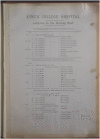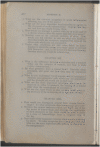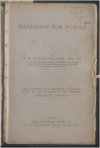Personalities, Preferences and Practicalities: Educating Nurses in Wound Sepsis in the British Hospital, 1870-1920
- PMID: 30089938
- PMCID: PMC6063345
- DOI: 10.1093/shm/hkx016
Personalities, Preferences and Practicalities: Educating Nurses in Wound Sepsis in the British Hospital, 1870-1920
Abstract
The history of nursing education has often been portrayed as the subordination of nursing to medicine. Yet, as scholars are increasingly acknowledging, the professional boundaries between medicine and nursing were fluid in the nineteenth and early twentieth centuries, when both scientific knowledge and systems of nurse training were in flux. Through its focus on the role of medical practitioners in educating nurses in wound sepsis at four British hospitals between 1870 and 1920, this article attempts to further unite histories of medicine and nursing. It demonstrates that, in this period of uncertainty, the ideas and practices relating to antisepsis, asepsis and bacteriology disseminated to nursing probationers depended on the individual instructor. In demonstrating the localised nature of nursing education, this article argues that further analyses of clinical problems like wound sepsis may enable historians to more clearly identify the importance of professional collaboration within the hospital.
Keywords: antisepsis; asepsis; bacteriology; education; nursing; surgery.
Figures




LinkOut - more resources
Full Text Sources
Other Literature Sources

